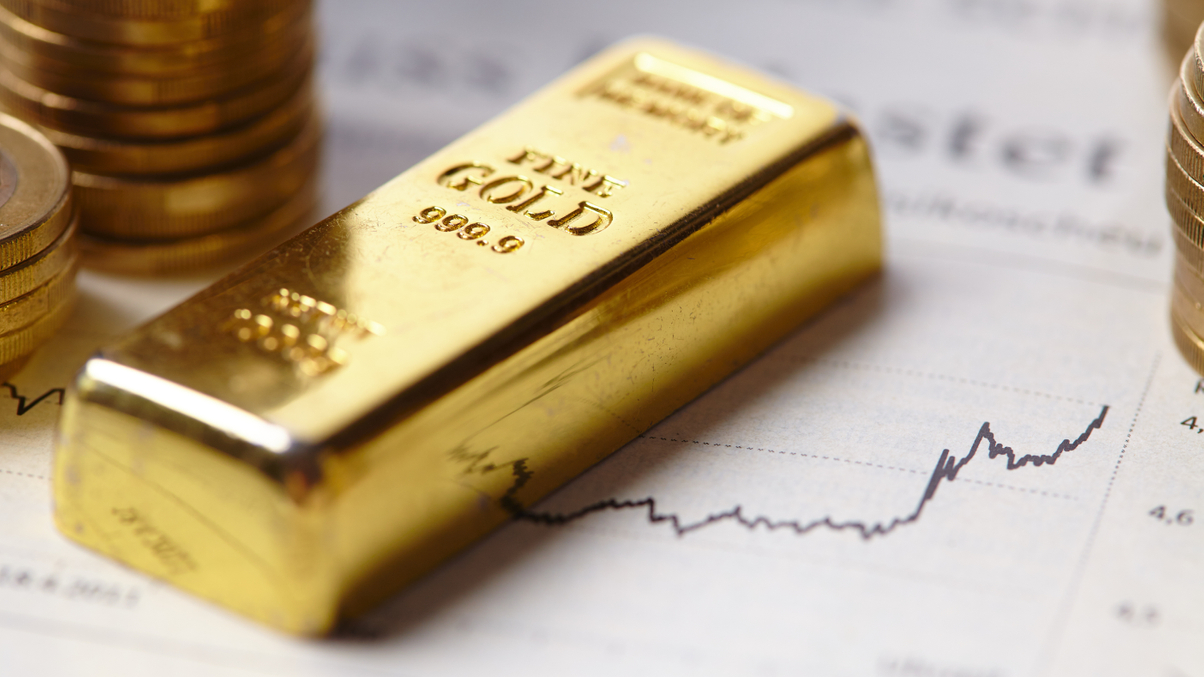APAC asset owners lead the charge in raising gold exposure
Asia-Pacific asset owners are set to continue boosting gold holdings as a portfolio hedge and diversifier over the next 18 months, outpacing North American peers, according to a newly released survey.

More Asia-Pacific asset owners are poised to increase their gold investments over the next 12 to 18 months, compared to their North American counterparts, according to a survey released on Wednesday by State Street Global Advisors (SSGA) and the World Gold Council (WGC).
Sign in to read on!
Registered users get 2 free articles in 30 days.
Subscribers have full unlimited access to AsianInvestor
Not signed up? New users get 2 free articles per month, plus a 7-day unlimited free trial.
¬ Haymarket Media Limited. All rights reserved.


